26+ Sample University Research Proposal
-

University Research Proposal Template
download now -
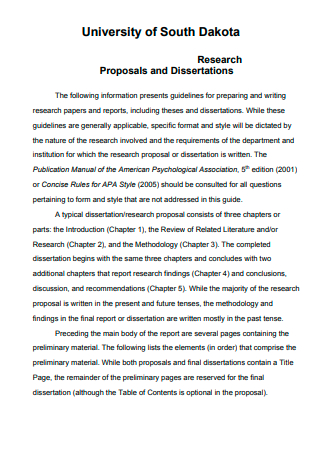
University Research Proposal and Dissertations
download now -
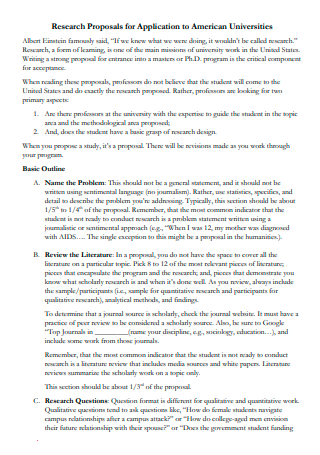
Universities Research Proposal For Application
download now -
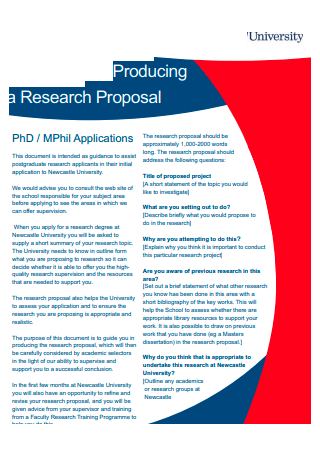
University Producing a Research Proposal
download now -
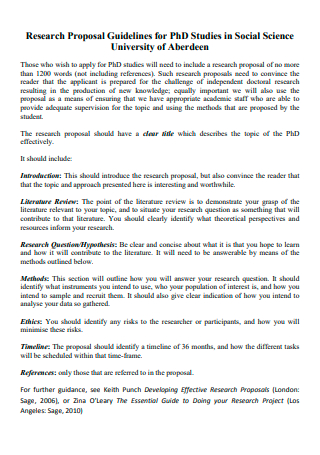
University Research Proposal in PDF
download now -
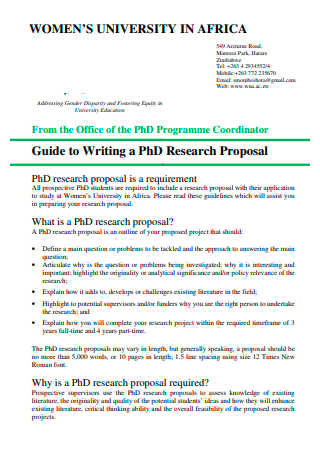
Womens University Research Proposal
download now -
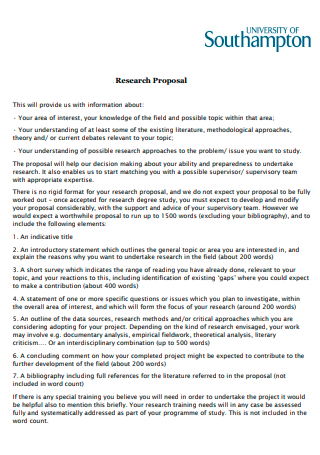
University Research Proposal Example
download now -
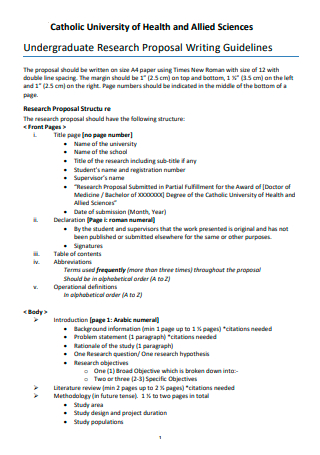
Catholic University Undergraduate Research Proposal
download now -
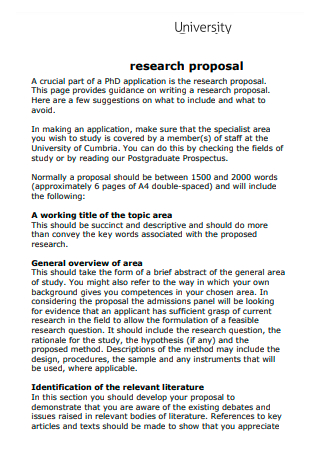
Standard University Research Proposal
download now -

Formal University Research Proposal
download now -

University of Arts Research Proposal
download now -
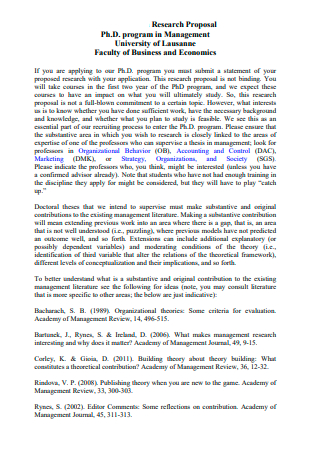
University of Faculty of Business and Economics Research Proposal
download now -
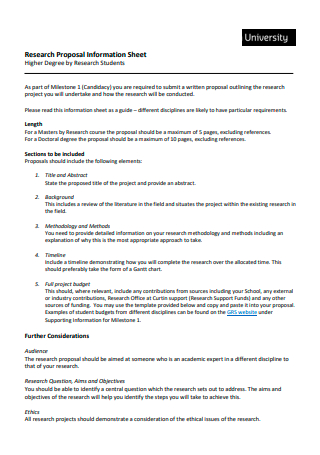
University Research Proposal Information Sheet
download now -
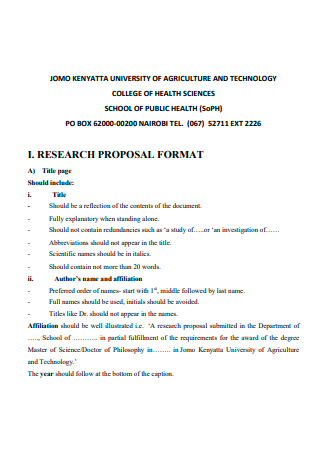
University Research Proposal Format
download now -
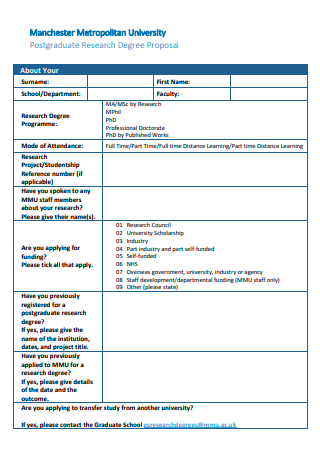
University Postgraduate Research Degree Proposal
download now -
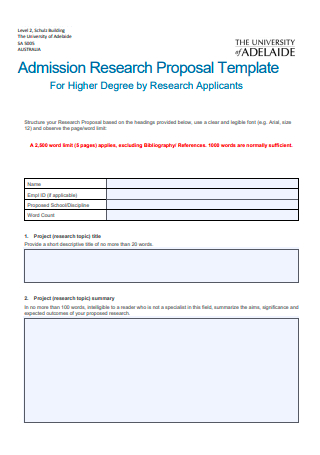
University Admission Research Proposal
download now -
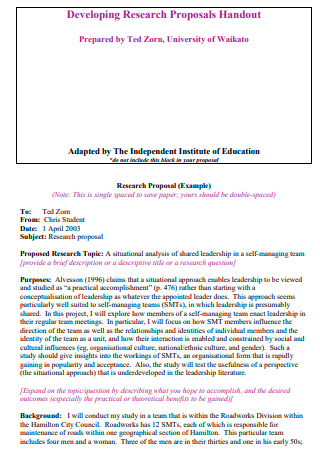
Printable University Research Proposal
download now -
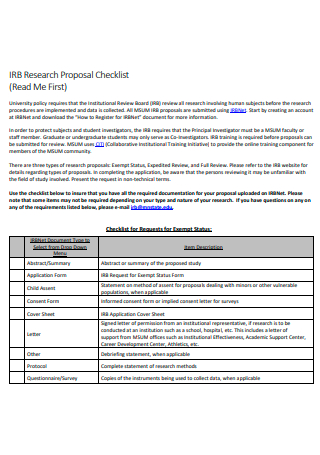
University Research Proposal Checklist
download now -
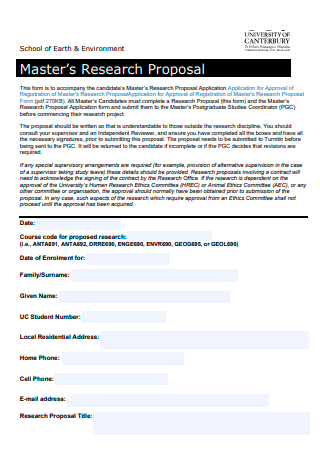
University Masters Research Proposal
download now -
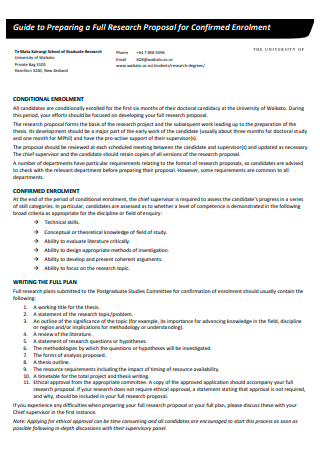
Simple University Research Proposal
download now -
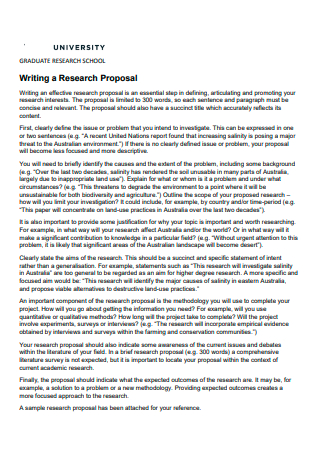
University Graduate Research Proposal
download now -
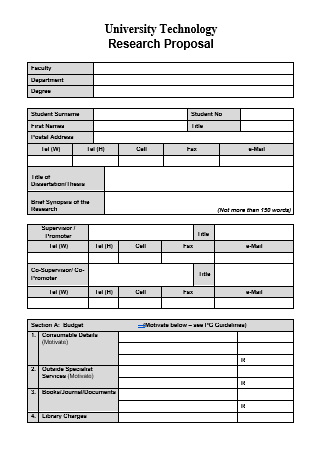
University Technology Research Proposal
download now -
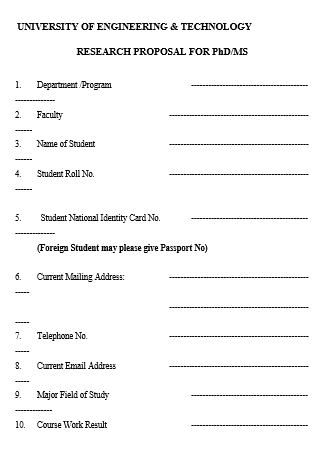
University of Engineering and Technology Research Proposal
download now -
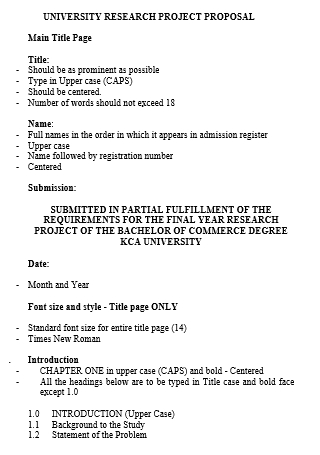
University Research Project Proposal
download now -
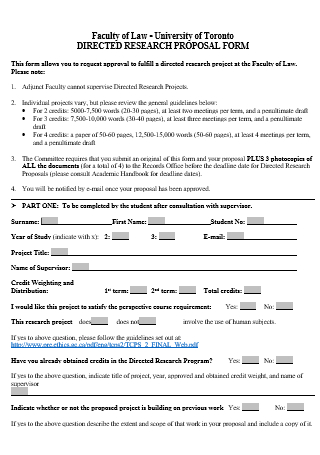
University Directed Research Proposal Form
download now -

University Research Proposal Cover Page
download now -
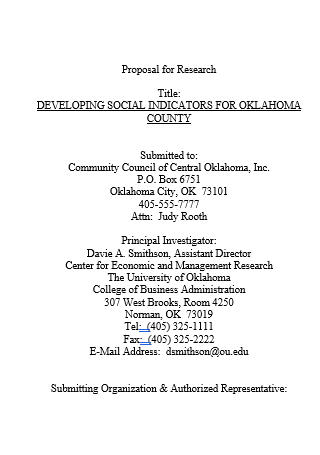
University Research Proposal in DOC
download now
FREE University Research Proposal s to Download
26+ Sample University Research Proposal
What Is a University Research Proposal?
Elements of a University Research Proposal
Steps in Writing a University Research Proposal
FAQs
What is the difference between reliability and validity?
Why collect data?
What is hypothesis testing?
What Is a University Research Proposal?
A university research proposal is a written or printed study plan that a student submits to a professor for consideration. There is a list of relevant research papers and articles that can be used to aid in the examination of the research issues that go in the direction of the proposed Research Plan that is provided. When used as a research project plan, the proposal describes how to collect, analyze, and interpret theoretical frameworks relevant to the research topic under consideration. Additionally, it provides a glimpse into a student’s academic life by describing themes in a variety of contexts and situations.
Other templates are available on our website, and you can use them whenever you need them. They are as follows: nursing research proposal, employment contract, quantitative research proposal, labor contract, position agreement, staffing agreement, employer agreement, data sharing agreement, permanent employment contract, tenancy contract, action research proposal, and other similar templates are available. This post will not only provide you with templates but will also provide you with important information that you need to know in order to complete your template.
Elements of a University Research Proposal
A University Research Proposal’s format serves as a guide. For students, it provides a visual representation of and a full response to the study’s core challenge, as well as a clear solution. Research proposals, unlike essays or research papers, have a certain framework that must be followed to ensure clarity and appeal. Using this approach, your research proposal’s readers will be able to follow the storyline as it unfolds. A university research proposal should include the following sections.
Steps in Writing a University Research Proposal
You must write a well-thought-out research proposal in order to get it approved. Consider the above-mentioned sections when writing a postgraduate research proposal. For quantitative or qualitative academic research and writing, you will learn how to develop a detailed undergraduate research proposal in this part. Continue reading down here.
-
1. Identify a Research Topic and Perform Literature Reviews.
Determine a wide topic for your research to focus on. There are several sections to each research proposal, but they all revolve around the student’s primary research question. Subjects for research are chosen by professors or advisors. Researchers begin by doing a literature search on their chosen topic. Taking down notes on the study topic and describing the goals and findings that led to the Research Proposal is a good idea.
-
2. Identify Literature Gaps and Defining the Purpose of the Study
The purpose of conducting a literature review is to get a complete understanding of relevant studies and identify significant gaps in the body of knowledge. Using this method, researchers are able to detect knowledge gaps and improve their overall comprehension of the subject. Rather than relying on the present literature, the researchers design their study question in light of the lack of relevant information. Make sure your audience understands the relevance of the topic you’re presenting. You should also see our undergraduate research proposal.
-
3. Construct the Study’s Introduction, Hypothesis, and Research Questions
After establishing the research problem and framing the study’s purpose, researchers write an introduction. The research problem, a summary of the literature review, a description of the gaps in the literature, and a declaration of the study goal should be included in the introduction of the research proposal. To help readers understand the direction in which the study will take and what conclusions may be drawn, write a research hypothesis right after you’ve introduced the issue. The formulation of a research hypothesis is required for quantitative research, but the development of research questions is required for qualitative research. The outcomes of the literature review must always be linked to these two components. You should also see our research problem statement.
-
4. Outline the Methods of Investigation and the Research Design
The flow of a study can be better understood in academic writing if Investigation Methods can be clearly identified. This document outlines the steps researchers will take to carry out the study. Data collection and analysis methods, sample size, and study plan are all covered in this section. The research proposal should include at least two or three alternative designs, each with a rationale for why it should be chosen over the other.
-
5. The Sample Size and Characteristics Should be Specified
While describing the sample size and characteristics of the group, it is critical to make clear how the researchers arrive at the sample size and group attributes. As a result of their shared characteristics, they are eligible to be a part of the research project.
-
6. Outline the Procedures for Collecting and Analyzing Data
It is essential that researchers describe how they intend to gather data, whether through surveys, interviews, or questionnaires when writing procedures for data collection and analysis. Researchers describe their data analysis process after they’ve collected their data. Processing data in Excel or SPSS is preferred in quantitative research. Computer tools such as ATLAi can be used for Qualitative Research to assist in creating a tangible tale by filtering the subjects of the responses.
Reviewers frequently make helpful ideas that help to improve the study’s quality and data collection. When pre-execution critique is received, the study’s premise is constantly revised. Any adjustments to a student’s plan of study should be discussed with their lecturers in advance. Members of the research committee should be contacted by researchers who believe the proposal should be changed. Members of the committee can tell the researchers whether or not they can proceed with the study, or if they must first get clearance for the new design.
FAQs
What is the difference between reliability and validity?
Reliability refers to measurement consistency. Validity is the accuracy of measurement. An experiment’s internal and external validity must be evaluated.
Why collect data?
Data collection is the methodical gathering of data in the study. It is used by academics, governments, corporations, and other organizations.
What is hypothesis testing?
Hypothesis testing is a formal statistical method for investigating our worldview. It is used to measure the likelihood of a pattern or link between variables occurring by random.
You must have a thorough understanding of the research process to craft an engaging and comprehensive university research proposal. In order for a literature review to be useful, students should be aware of this. Graduate students are expected to analyze the relevance and value of their research to future studies on the subject matter of their choice. After reading the preceding material, you may begin your inquiry by obtaining samples in the many formats that are readily available for download.
